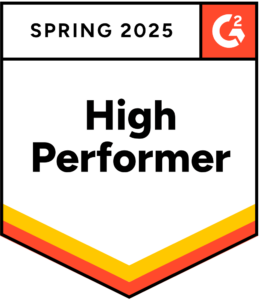We see this pattern every time we start working with a new provider organization. Usually, within the first week, the same trends emerge. We find that more than 50% of touches are wasted by the AR team. What does that mean? For example, a representative contacts the insurance company, receives information, but no action is needed at that time, such as being told that a claim is still in process or that it’s already paid but hasn’t been posted by your team yet.
For instance, one group had 174,000 touches over a certain period, with a cost of $3 per touch. That’s nearly a million dollars wasted. Of those touches, 63,000 were simply checking the status of a claim (like “claim in process” or “claim paid”), making up 36% of total touches within a three-month period.
Now, let’s look at denials. When you analyze overall touches, where do we find the biggest issues? Authorization, eligibility errors, missing or invalid information, and even cases where no claim is on file. Is that due to a missing secondary or primary claim? These are questions we uncover by analyzing the human data. During implementations, post-implementation, and ongoing client success, we ask, “Why is this happening?” Some issues are straightforward, like missing pre-certifications, while others require deeper analysis to truly understand where the breakdown in the revenue cycle the problem started.
Another trend we notice is escalations. If 3% of claims are being escalated to a supervisor, we need to ask why. Are staff not trained to resolve issues on the first try? Are there missing protocols? Are certain reps escalating more than others? We need structured, real-time data to make informed decisions.
We also found that resolution rates drop significantly when delegation is involved. For example, if I work on a denied Blue Cross claim for medical records, I may need someone to submit those records, which adds touches. Now, it’s not just me handling it—medical records might touch it, and it could be sent back to billing or even back to me. That’s three touches, and the resolution rate drops below 50% when delegation is needed.
This highlights the importance of streamlined communication. If AR reps need help, they can’t rely on spreadsheets or emails anymore. Every task must be linked to a visit to measure the total economic waste involved in collecting on that visit. Every touch needs to be documented and measured—that’s the reality we’re in.
Patient searches are another concern. Even with sophisticated workflow automation, some staff might be bypassing the systems and worklists you have in place to search for accounts manually. If 36% of your claims are coming from patient searches, it indicates a lack of accountability. The goal is to provide management with actionable insights to change staff behaviors.
Coordination between people, process and technology is paramount to streamlined, efficient revenue cycle management. Once you have the ability to track all of the human data in the revenue cycle with workflow automation and task management, then you can identify problem areas and put better processes in place to reduce the touches your staff are taking every day. Managing the human element of the revenue cycle is one of the only areas that providers have control over these days to be able to improve margin and reduce cost, which are critical for future sustainability.








